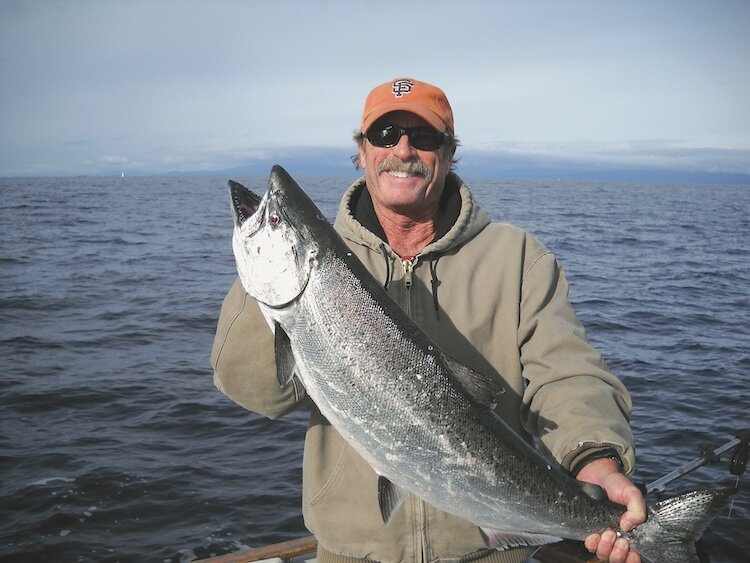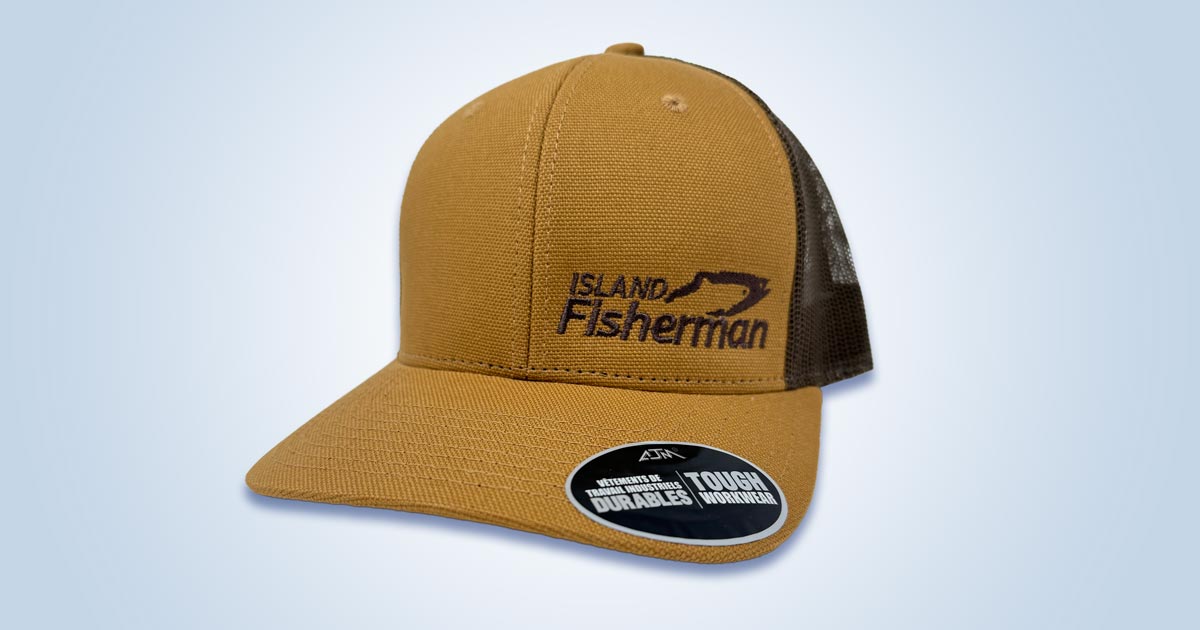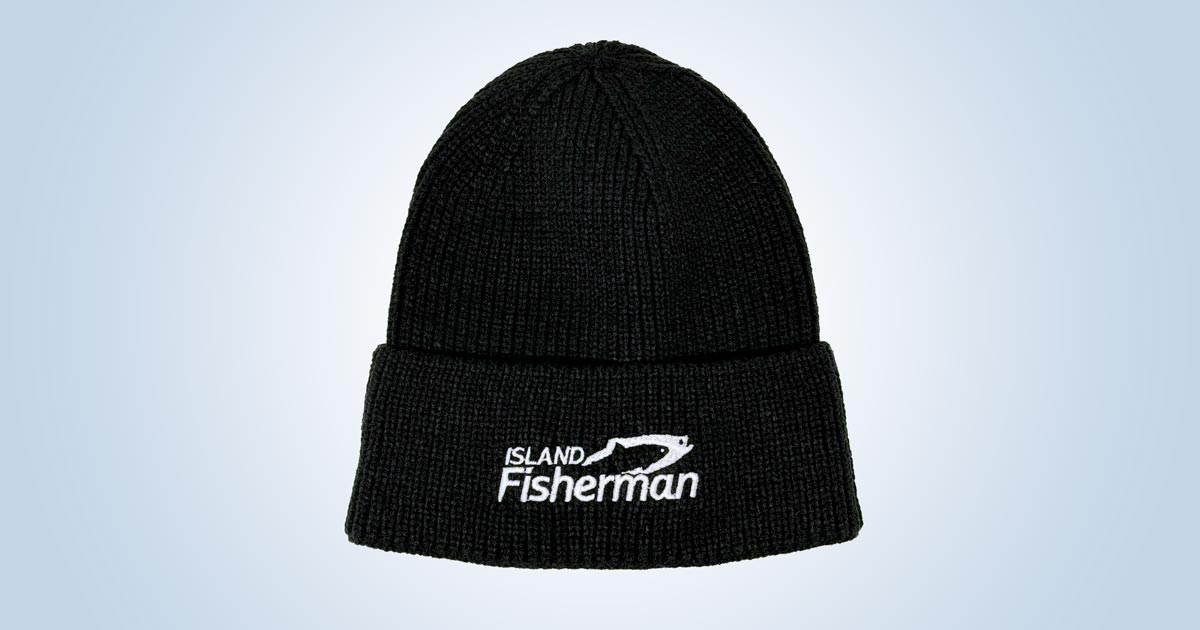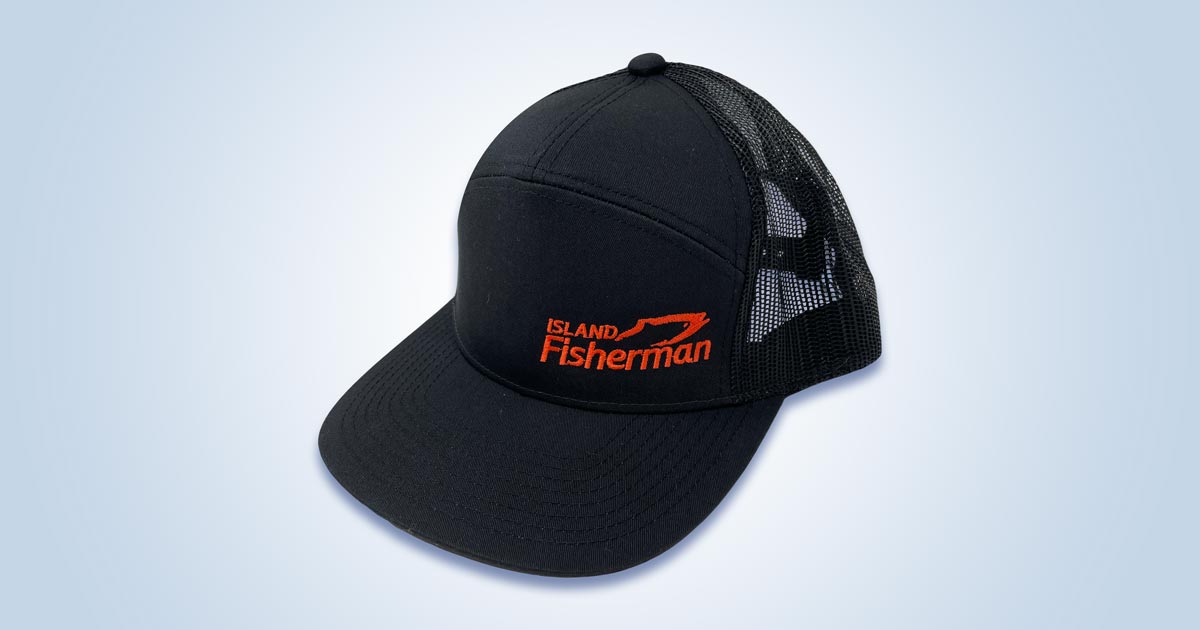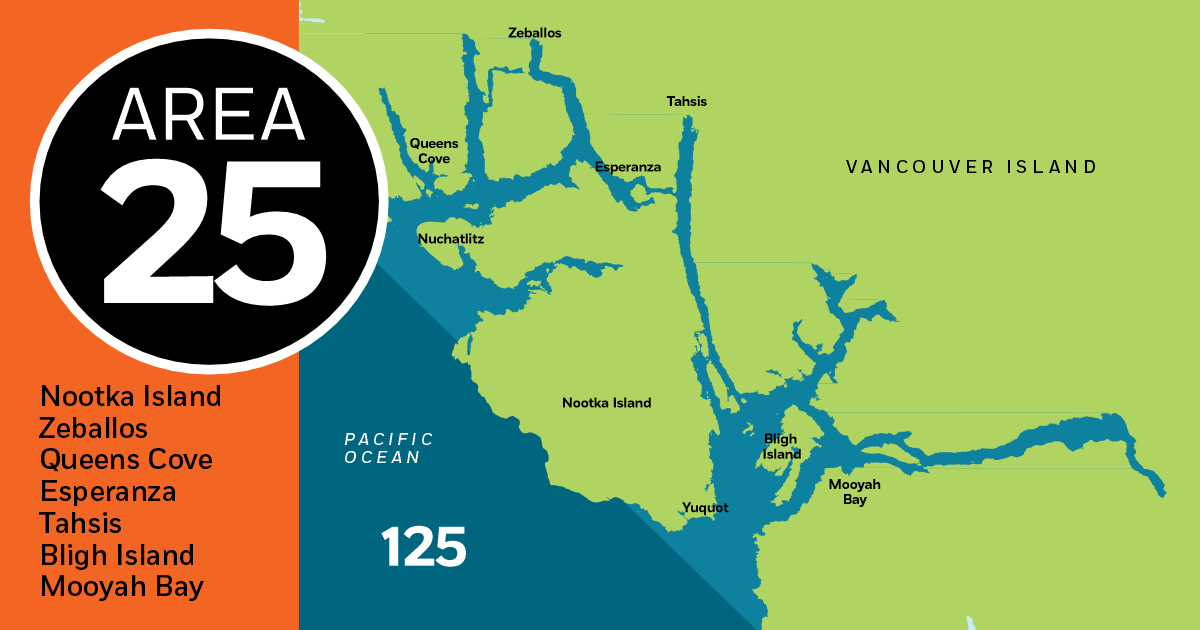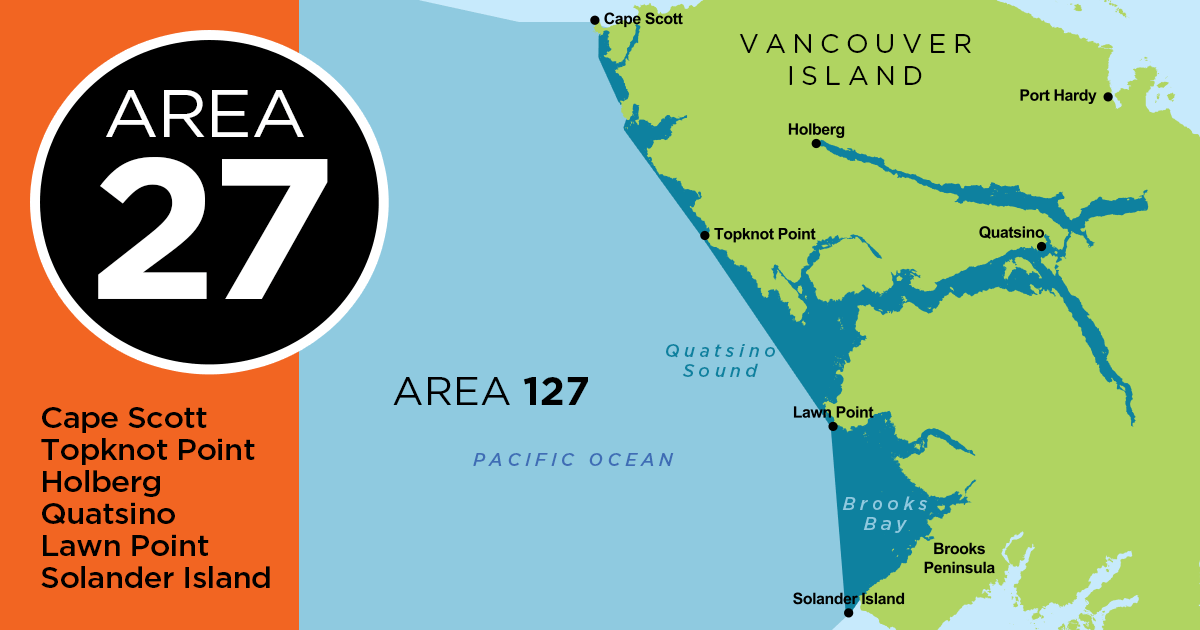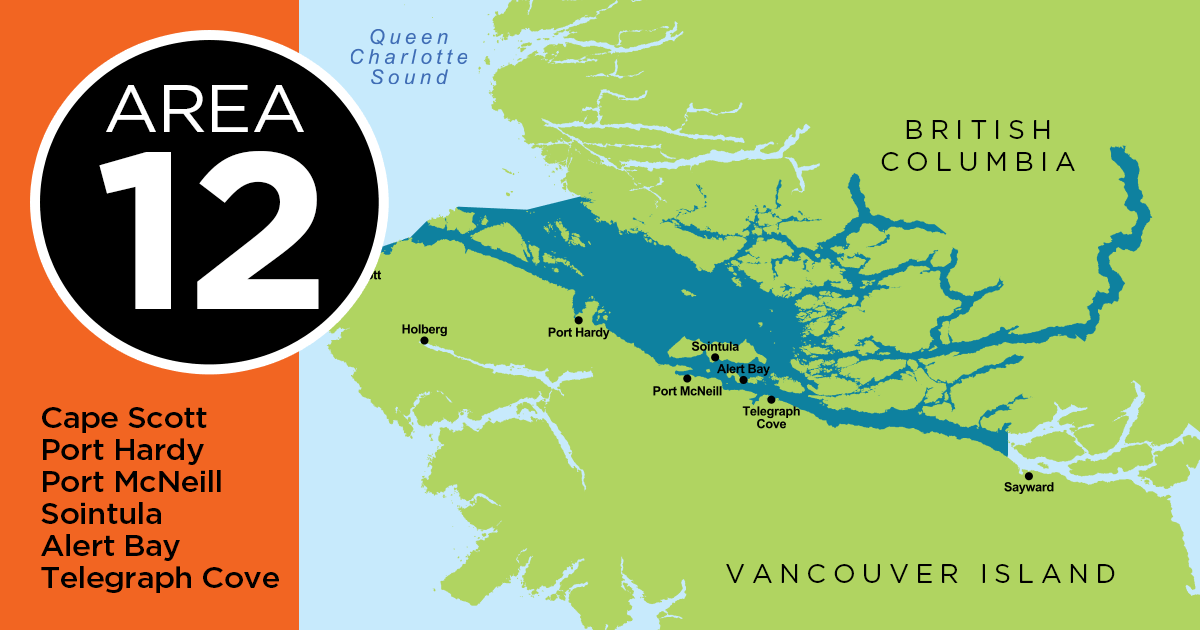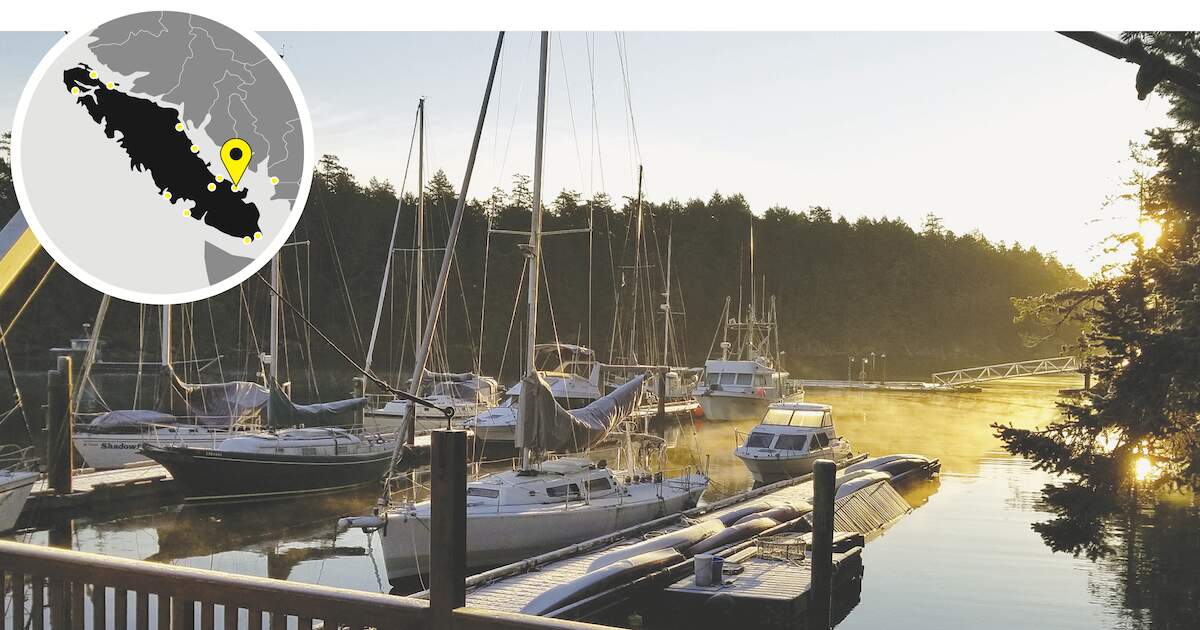
Prior to the early 2000s, Nanaimo and Gabriola waters were renowned on the east coast of Vancouver Island for the incredible quality of the winter Chinook fishing. Only Campbell River compared, and it featured bucktailing for winter Chinook. Boxing Day was traditionally a day to fish with many of my Nanaimo friends while eating Christmas leftovers, perhaps having a glass of spirits, and catching lots of Chinook! Typical trips in those days produced 15 to 20 Chinook brought to the boat, but only a small percentage of those fish were of legal size.
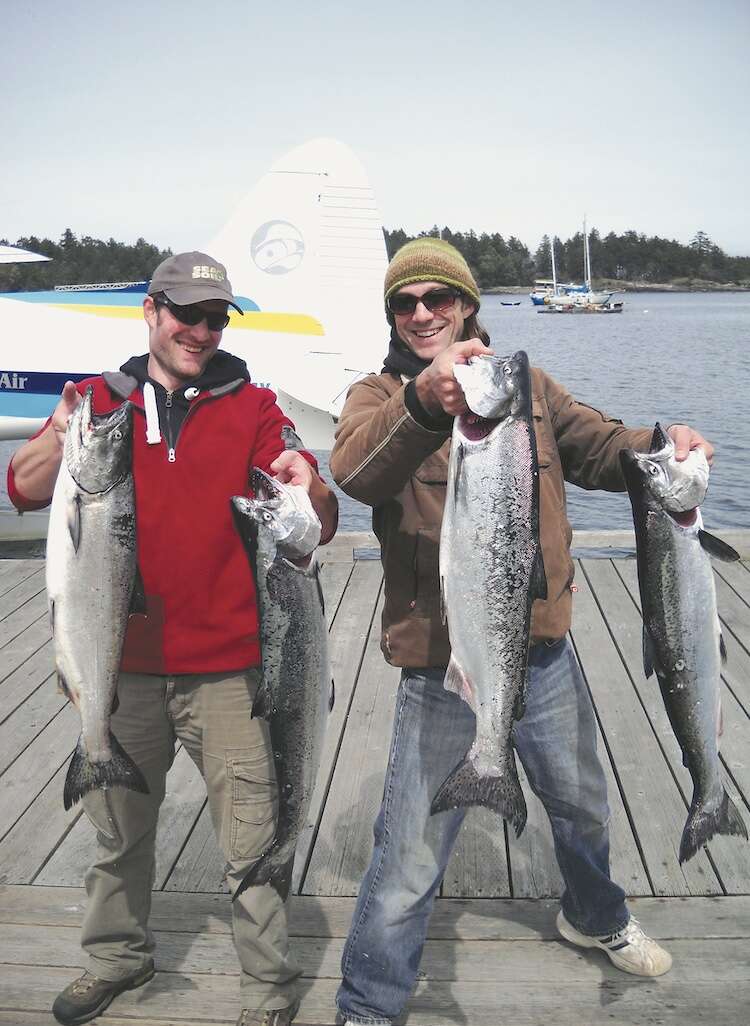
Winter Fishing Nanaimo, photo courtesy Silver Blue Charters
Chinook fishing became more unpredictable in the 2000s. In 2016/2017, the winter Chinook fishing was terrible, in 2017/2018 it was excellent, and in 2018/2019 it was generally good, with some slow days in the mix. This winter’s fishery looks good early, as there were many Chinook present in local waters in late October. Typically, winter fishing kicks off in mid-December, and it is good through mid-March when the herring spawn. In March, the Chinook follow the herring inshore while they spawn, then follow them as they go offshore into deep water. All this movement makes it hard to stay on the fish, as they are there one day, gone the next.
Where To Fish Nanaimo And Gabriola—Hot Spots
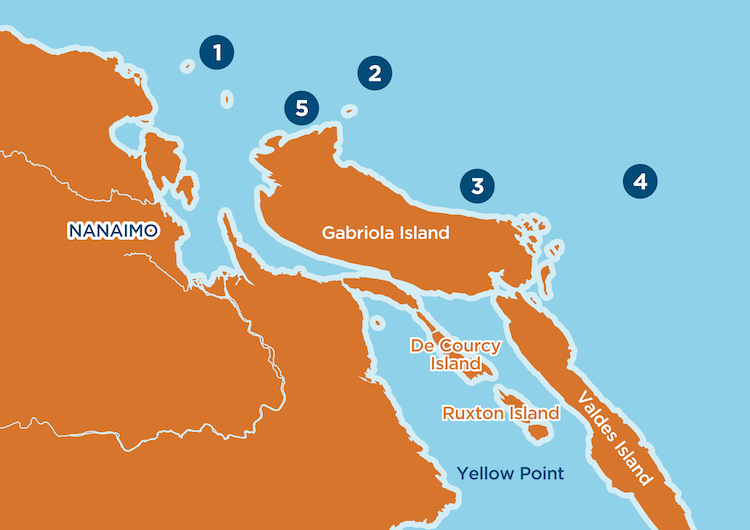
Island Fisherman’s Nanimo Fishing Map – hot spots to fish
The “Milk Run” from Neck Point to the Fingers (1) has good showings of fish concentrating near the bottom on the 180- to 250-ft contour. Entrance Reef is best fished on the north side, along the 220-ft contour (2). Grande to Whalebone (3) is a great place to fish, bottom bouncing from 160 to 250 feet. Thrasher Rock (4) fishes best in the winter months on the south side of the east-facing structure, which extends from the marker towards Mount Baker. Productive water depths run from 180 to 230 feet, with the gear fished near the bottom.
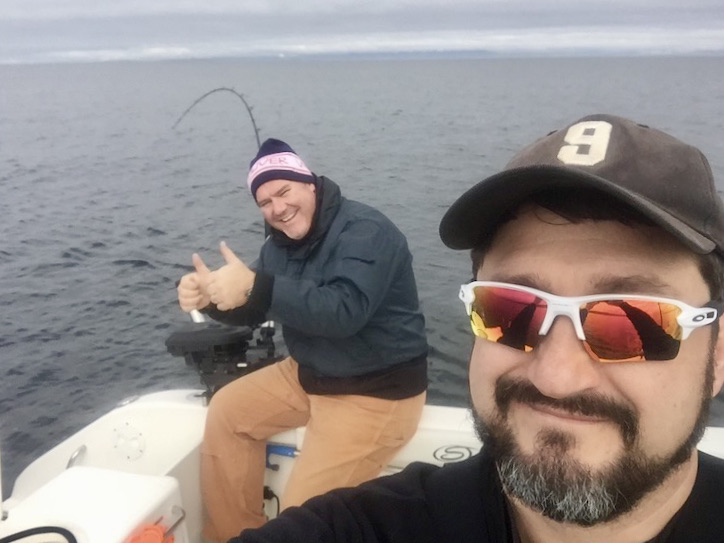
Michele Bartolomei and Joel Unickow fishing Nanaimo on a winter’s day
Locals like Del Crowe took some very large Chinook from the 1970s through the early 1990s, fishing the shoreline from the Cannery through Orlebar Point (5). The Nanaimo River actually contained a run of late-winter Chinook salmon in those days, which attained top weights of 30 to 35 lbs. While steelhead- ing in March, I twice witnessed people landing bright, 25-lb Chinook while “plunking” salmon eggs in the highway bridge pool. My thought is that these fish held their last feeding spree off the Cannery, before ascending the river. Wouldn’t it be wonderful to re-establish this run of fish!
Video: On the Water—Gabriola Island Is Bob’s Island
Tackle For Fishing Nanaimo & Gabriola
Lures & Hoochies For Fishing Nanaimo & Gabriola
Lures of choice remain consistent with year-round patterns. Fluorescent green/silver, Purple Haze, or Gold Betsy flashers are always solid choices. Spoons include Evil Eye, Killy Magee, Pink Sink, Cookies and Cream, or Watermelon. Hoochies in Blue Meanie or T-Rex are notorious bad boys. Winter’s plankton-free, amazingly clear water conditions lend themselves to fishing without flashers, as the fish can see lures at distance very clearly. The herring are mature this time of year, so large 4- and 5-in spoons replicate the bait, although the typical summer-size 31⁄2-in spoons work as well. Dummy flashers can be trolled on short 6- to 8-ft leads near the cannonball. Spoons can then be stacked 12 ft above the flashers at different intervals.

Blue Meanie—Yamashita 3.5 OA84R
Plugs For Fishing Nanaimo & Gabriola
Plugs are a natural choice this time of year, as they are fished without flashers. I like the Tomic in 4- to 6-in sizes, with the 017 (Silver/Blue) , 070 (Perch Scale), 530 (Purple Haze), 602 (Pearl), and 737 (Green/White) being favourite colours. Be sure the check the action of the plug by swimming it just under the surface before descending it on the downrigger. It should wiggle and hop with an erratic motion. This is usually achieved by going speeds of 2.5 to 3 knots.

Tomic 017

Tomic 070

Tomic 530g

Tomic 602

Tomic 737
Images courtesy of Tomic Lures Website
Bait For Fishing Nanaimo & Gabriola
Herring or anchovy fished in clear green scale or green/chartreuse Rhys Davis teaser heads are a natural for winter fishing. The winter fish are aggressive feeders, generally 8 to 12 lbs in weight, so a relatively tight roll can be used for these fish.
Best Practices For Fishing Nanaimo & Gabriola
Use good release techniques, as you will be encountering numerous undersized fish. IMPORTANT TIP: Whenever possible, keep the fish in the water, and dislodge the hook with long-nosed pliers or a gaff. Try to keep handling of the fish to a minimum to preserve the slime layer and scales. If it is necessary to net a fish, use a good, soft, knotless net to preserve the integrity of the fish.
The winter Chinook are fabulous eating, due to their higher oil content. If you pick a sunny, bright day with the snow on the mountains, it’s wonderful to be on the water. Here’s hoping for a great winter season!
Travelling to Gabriola Island
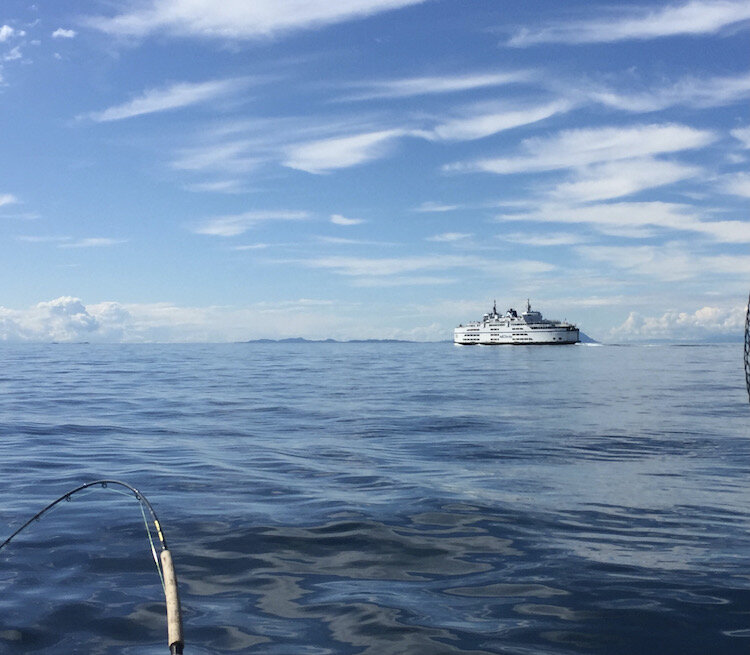
Fishing Nanaimo – BC Ferries heading to Departure Bay
When traveling to Gabriola by boat, both Silva Bay Marina and Page’s Marina and Resort offer moorage and fuel. If trailering a boat, there are very basic launches at False Narrows and Degnen Bay. You can fly to and from Vancouver to Silva Bay via Gulf Island Air. There is nice accommodation at Page’s two waterfront resorts on Silva Bay, as well as The Surf Lodge, and the island offers many beautiful bed and breakfast establishments. There is fabulous food offered at Woodfire, The Kitchen, and Robert’s Place, and if you want a nice gourmet coffee and lunch, Mad Rona’s will welcome you. There is fishing tackle available at Island Home and Garden and North Road Sports, and Page’s sells bait. Marine repairs are done at Silva Bay Shipyard. Gabriola features a lake-centered golf course, beautiful beaches, kayaking, two nice campgrounds, and terrific wildlife viewing. And, of course, there is the fishing!
This article appeared in the January 2020 Issue of Island Fisherman Magazine. Don’t miss another issue, subscribe today!
Visit the Store
$34.99
$34.99
Featured Catch
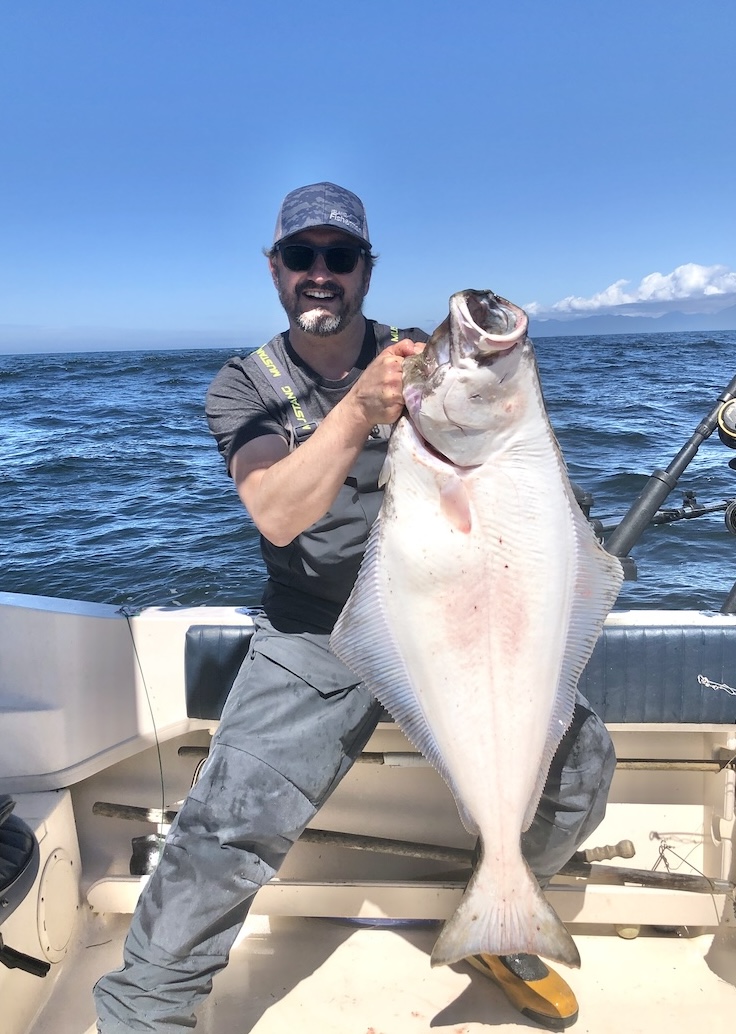
Joel Unickow halibut (Photo: Rob Frawley Lucky Strike Sportfishing Tofino)

